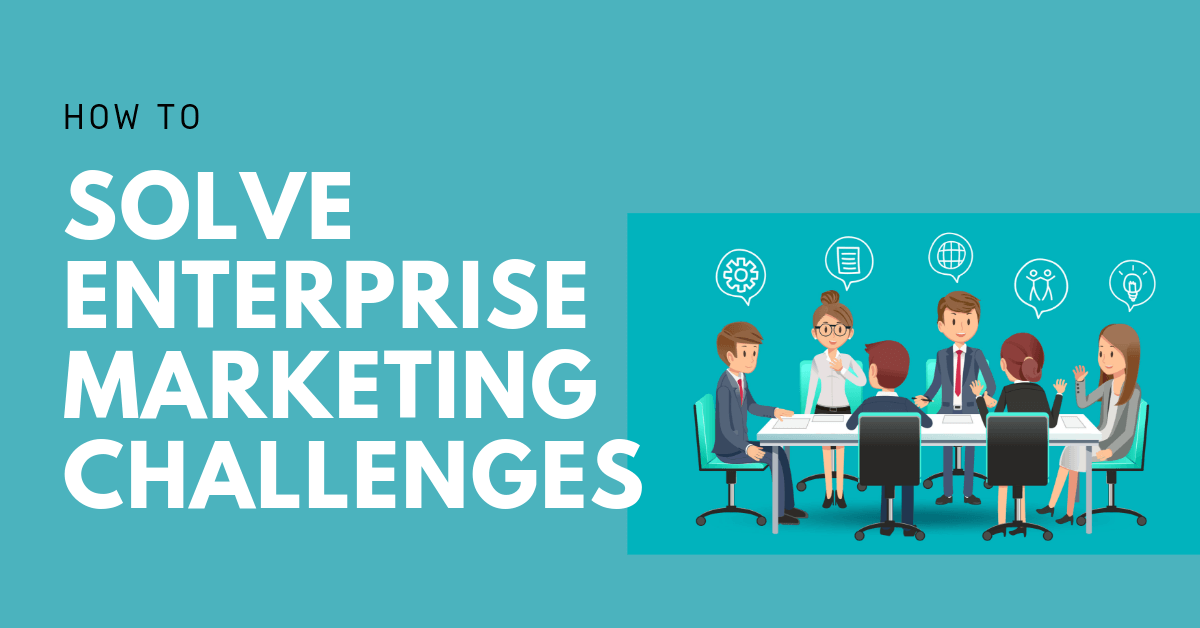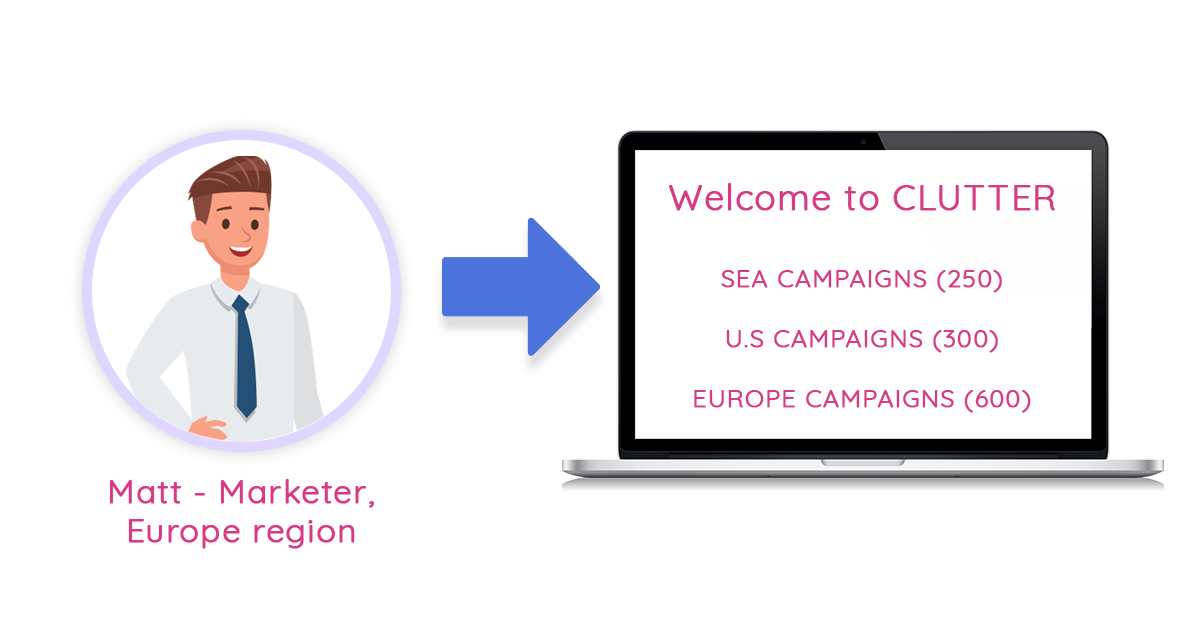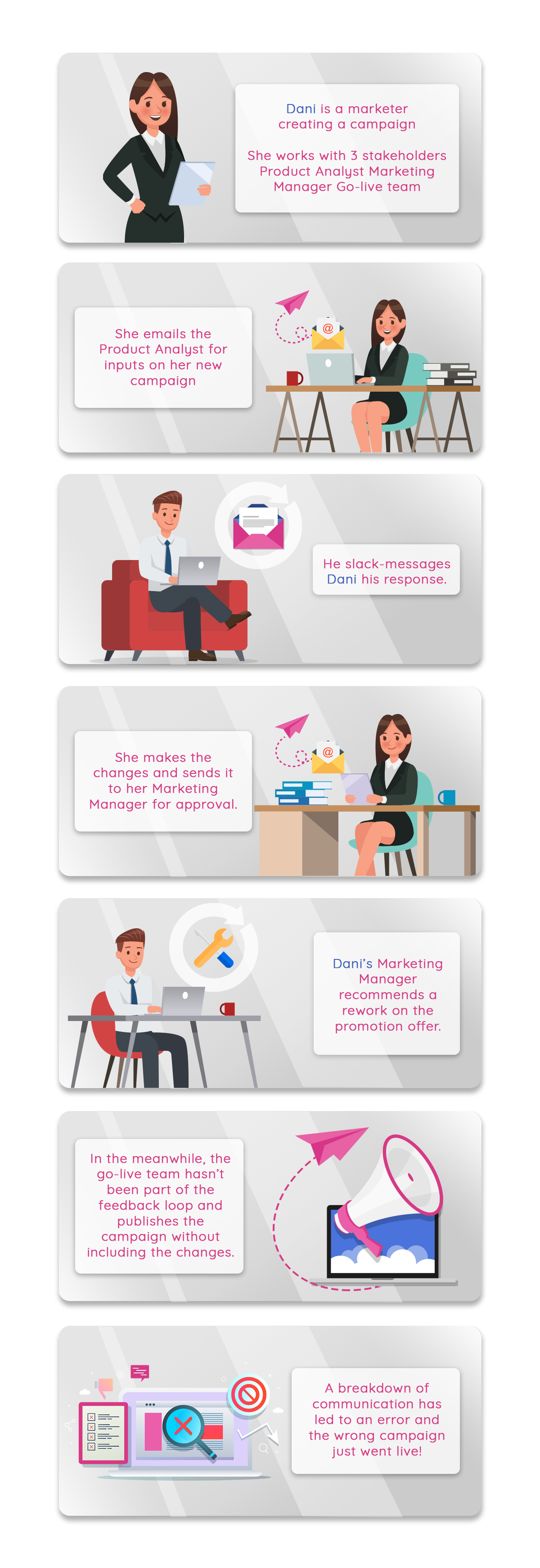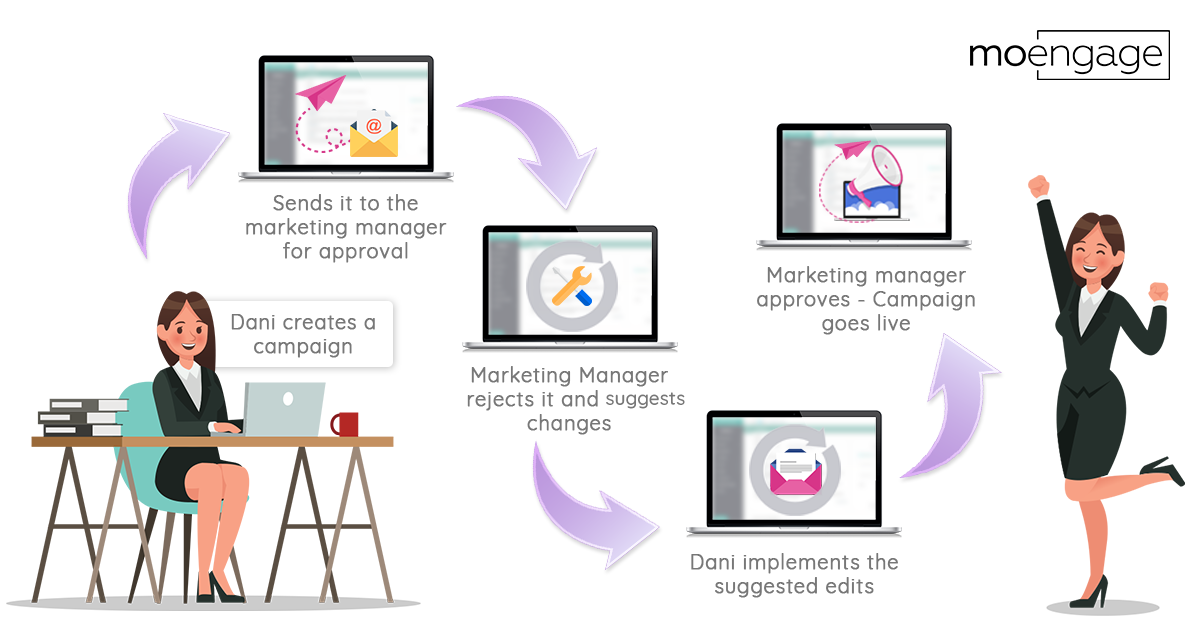Challenges of Enterprise Marketing Teams and How to Solve Them

Reading Time: 5 minutes
Bonus Content
|
Marketing for a large enterprise company is challenging. It is often the case that big organizations have multiple teams working on marketing that are each in their own silo. The data is segmented, the campaigns are segmented and the teams do not talk to one another. This can cause friction in your organization when your marketing messages may be broadcast to hundreds of thousands or even millions of consumers.
In today’s enterprise marketing climate, everything is a brand. From the call center employee who talks to your customer, to the main website to every advertisement they see – every touchpoint is a representation of your brand. On top of this, the competition is tough. Gone are the days when your brand competed against the best brands in your local area or industry. Now your brand is competing against the best brands in the world for attention, and ultimately, dollars.
When your marketing teams are working in silos your brand suffers. One customer might receive multiple different disjointed marketing communications from your brand because your teams are segmented and do not exchange information. This impacts the customer experience negatively in addition to being a waste of your marketing resources which dampens your overall business results.
Enterprise Marketing Challenges in the Digital World
1. Expansion To New Frontiers
Another current challenge of enterprise marketers is creating a seamless customer experience on and offline. For brick and mortar brands building out digital is an imperative (87% of executives say it is a “matter of survival”).
As for companies that started out online, branching out into the physical world provides opportunities for loyal customers to deepen their relationships with these brands and creates another way for them to discover new customers.
This is an especially taxing challenge for large enterprise brands who may have to juggle supporting local marketers with limited resources – be they a dealership or franchisee. Often these local marketers do not have the same marketing experience as those working at corporate headquarters. They execute their campaigns without much background in marketing while also dealing with human resources, bookkeeping, inventory, and all the other headaches that come with running a business. On top of all this, they have limited resources and few marketing tools, marketing knowledge, and personnel to work on marketing.
Supporting these local marketers is also a challenge for brand managers. They are also resource-strapped and often do not have enough to do all they need to accomplish. They may not have dedicated graphic designers for the approval of local affiliates’ designs. There’s a chance they also don’t have the campaign budget to produce all that they need and brand managers often don’t have dedicated staff to verify in-store compliance.
For an enterprise brand manager to overcome these immense distributed marketing challenges and successfully implement their marketing strategy, communication with local marketers is key. Brand managers must encourage success at the local level and understand marketing from a local perspective. Those who have high local marketer satisfaction have an active dialogue with local marketers to better appreciate how they are struggling (sometimes via satisfaction surveys). These brand managers also invest in easy-to-use tools in process, design, and technology. The higher quality of the communication is, the better the outcome.
A brand manager’s job is to make local marketing easy for affiliates. In a distributed organization it takes a lot of stakeholders to run just a single campaign. Something as simple as printing up a poster to be hung in a storefront window may require input and approval from design, brand management, compliance, and local marketers.
2. Solving Geographic Difficulties
This is a natural part of enterprise distributed marketing as one’s business model is distributed so workflows are going to be complex. Despite the complicated approval processes and multiple stakeholders involved in enterprise marketing, these systems can be made more efficient with the right tools. Streamlining workflows for distributed enterprise marketing involves documenting the process of what needs to be done in order to make it easier for all involved to follow it. Often companies find it beneficial to use technology to do this (such as one with built-in approval workflows).
It is often difficult for enterprise marketers to balance the purview of local marketers with the overall brand’s consistency. Multi-geographic brands can rarely monitor all field execution of marketing in person. This often generates concern that brand messaging is being modified in a way that is out of line with the brand’s standards.

Consumers typically do not distinguish between enterprise-owned and locally-owned businesses. Consumers tend to see just one thing: brands. 60% of millennials in the United States expect consistent experiences when dealing with brands whether online, in-store or by telephone. This highlights how important it is for distributed enterprise brands to keep their message consistent.
After all, 45% of a brand’s image can be attributed to just what it says and how it says it. Having a local marketer print a sign with slightly the wrong color tone or if the messaging is phrased in a way that sounds “off-brand” could harm the customer experience and seem inauthentic. 56% of people surveyed cited shared values as the primary reason they have a relationship with a brand. Every message is critical when it comes to enterprise marketing!
Education and knowledge about a brand are critically important for all stakeholders. Many distributed brands have affiliate on-boarding and training processes that place branding as a core subject. Other brands are finding value in marketing asset management technology in order to scale consistently. They use template tools for executing their local marketing strategies which allows brand management teams to “lock” certain design characteristics or messages and allow local marketers to input their information (such as address or local offers) in order to maintain brand consistency.
Is Automation the Solution?

What enterprise marketers need is a system that streamlines their marketing channel in order to bring together marketers, campaign managers, and product managers under one system to efficiently manage marketing campaigns with input and collaboration between all of those involved.
MoEngage has developed tools for enterprise marketing teams using extensive feedback from stakeholders. This unified approach to enterprise marketing can send out a clear signal amidst the noise. Here’s how Dani’s campaign flow would look with the MoEngage platform:

MoEngage Teams and MoEngage Campaign Approval Workflow are two such tools that enable brands to eliminate the silos within their teams and ensure a smooth flow of customer data and insights between teams. This can help enterprises eliminate the challenges that stem out large teams spread across geographies or multiple owned brands that need a unified customer view, and many more.
Talk to our experts for a personalized walk-through of these enterprise-ready marketing tools from MoEngage.














